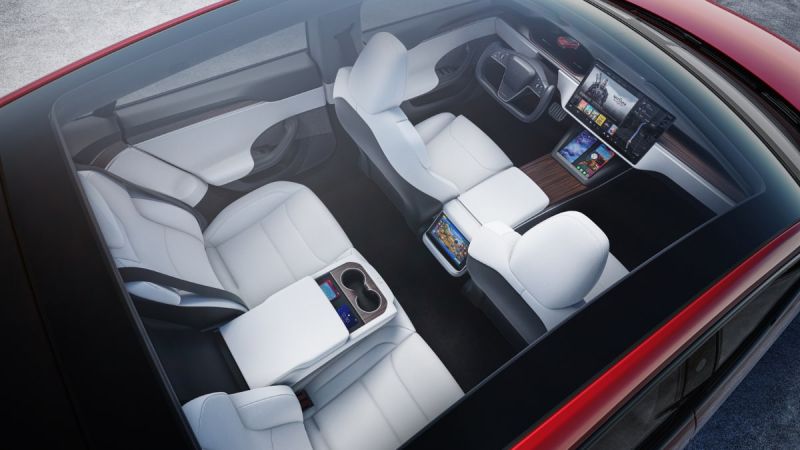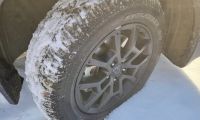If there is one good thing about software updates is that they allow you to add new functions OTA that were obviously not available when you bought the car. In one of the latest updates from Tesla a new functionality was incorporated so that its cars are capable of scanning the asphalt of the road in order to recognize potholes, and adjust the car suspension accordingly; but there's more.
In the 2022.20 software update Tesla added a feature that will allow it to "read" the asphalt of the road, being able to recognize potholes and adapt the suspension system in order to overcome them more comfortably; though this feature will only be available on models with "adaptive air suspension" - that is, on Teslas Model S and Model X -, the largest models of the brand.
The set of cameras and radars that these Teslas have on board already allows in a certain way to recognize the road to make semi-autonomous driving possible. Now a huge step has been taken, with the aim of improving the comfort of the passengers and driver, but also mainly to avoid damage to the car suspension; but not only that, because the next step is to combine this new function with Tesla Autopilot.

In order to achieve full autonomous driving the system would actually have to be able to deal with a wide range of different scenarios instantly, including different weather and road conditions - not only in terms of traffic, but also in terms of road surfaces -. Elon Musk said in 2020 that Tesla Autopilot would end up detecting potholes and creating mini-maps automatically in order to remember and avoid them, and although that point has not yet been reached, this is the first right step in that direction.
The idea is basically that Tesla models with adaptive suspension (Model S and Model X) can anticipate bumps on the road, adapt the suspension system to get through them in the best possible way, and that in the future they can remember and dodge them autonomously – whenever conditions allow it. Logically, it is not about making a sharp, sudden turn; but rather a slight correction in the driving direction, without changing lanes (depending on the situation), as any regular human driver attentive to the road surface would do if he does not want to go through a big – potentially dangerous - pothole ahead.

For now though, what the adaptive suspension will do is adjust ride height when approaching a rough or uneven road. This adjustment will be made automatically in different locations as the vehicle downloads the data from the map of roads with irregular pavement obtained by the entire fleet of Tesla vehicles that are currently rolling on the road.
This function is activated on the main central screen, within the menu Controls -> Suspension -> Adaptive Suspension. The instrument cluster will continue to indicate when the suspension is raised for added comfort. To activate this feature, tap on Controls > Suspension > Adaptive Suspension, and select the "Comfort" or "Auto" setting.
All images courtesy of Tesla Inc.
Nico Caballero is the VP of Finance of Cogency Power, specializing in solar energy. He also holds a Diploma in Electric Cars from Delft University of Technology in the Netherlands, and enjoys doing research about Tesla and EV batteries. He can be reached at @NicoTorqueNews on Twitter. Nico covers Tesla and electric vehicle latest happenings at Torque News.











